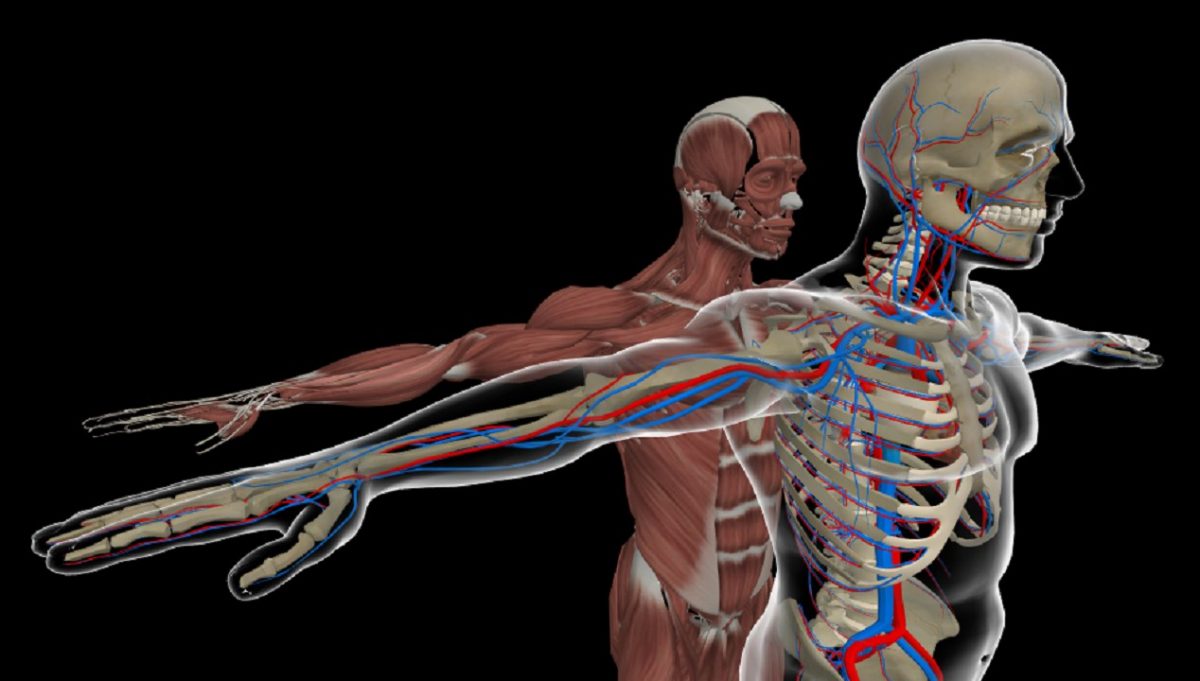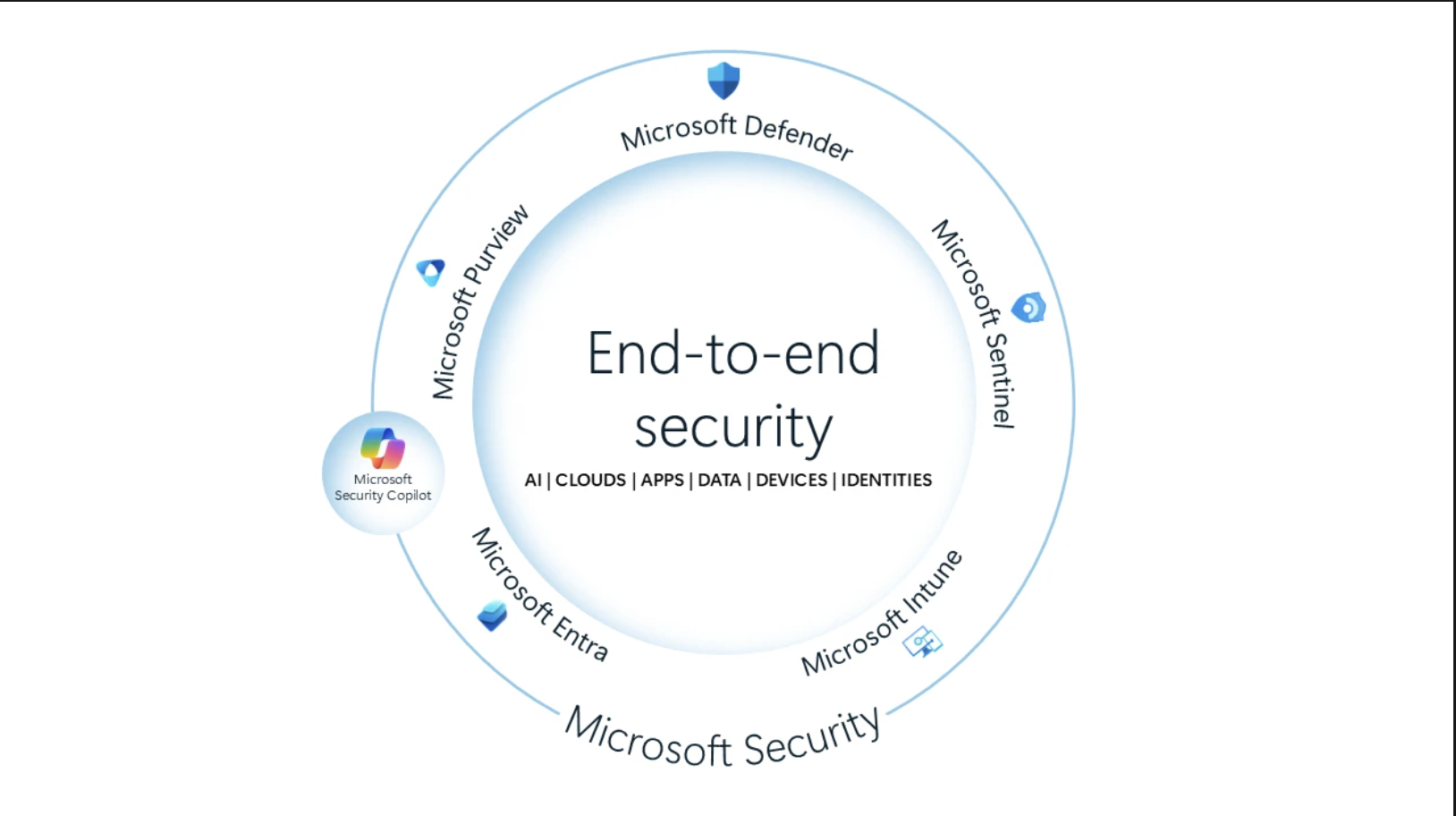World's largest textbook company announce pilot of HoloLens coursework
4 min. read
Published on
Read our disclosure page to find out how can you help MSPoweruser sustain the editorial team Read more

Pearson, the world’s largest textbook company, has announced a collaboration with Microsoft at the EDUCAUSE 2016 to explore the power of mixed reality to solve real challenges in areas of learning, ranging from online tutoring and coaching, nursing education, and engineering to construction and surveyor training.
With Mixed Reality learning content can be developed for HoloLens that provides students with real world experiences, allowing them to build proficiency, develop confidence, explore and learn.
Texas Tech University Health Sciences Center in Lubbock and San Diego State University are both part of a Pearson mixed reality pilot aimed at leveraging mixed reality to solve challenges in nursing education. Today many nursing programs hire and train actors to simulate scenarios nurses will face in the real world — a process that is hard to standardize and even harder to replicate. As part of the mixed reality pilot, faculty at the two universities’ schools of nursing are collaborating with Pearson to improve the value and efficacy of the types of simulations in which students participate.
To develop the content for this pilot, Pearson will use Microsoft’s holographic video capture capability, filming actors to simulate patients with various health concerns and then transferring that video into holograms for the student nurses to experience in a clinical setting. When student nurses participate in the simulations using HoloLens, they will have a real world experience diagnosing patients, building the confidence and competence that they will need in their careers.
Philip Greiner, DNSc, RN, director of the School of Nursing at San Diego State University said, “It is a privilege to work with Pearson and Microsoft to develop these educational components for nursing education.”
At Bryn Mawr College, a women’s liberal arts college in Pennsylvania, faculty, students, and staff are exploring various educational applications for the HoloLens mixed reality devices. They are testing Skype for HoloLens for connecting students with tutors in Pearson’s 24/7 online tutoring service, Smarthinking. If successful, this out-of-the-box solution could provide struggling students with richer, more personalized just-in-time support from expert tutors as if they were sitting side-by-side. Bryn Mawr will also experiment with using holographs and mixed reality to explore 3D content and concepts in a number of academic disciplines, including physics, biology, and archaeology.
Pearson’s work with mixed reality and HoloLens isn’t limited to higher education. The company is in the early stages of evaluating the impact of holographic learning at the late grammar school stage. At Canberra Grammar School in Australia, Pearson is working with teachers in a variety of disciplines to develop holograms for use in their classrooms. The University of Canberra is partnering with Pearson to provide support for the project and evaluate the impact these holograms have on teaching and learning.
“We are thrilled to partner with Pearson to expand the curriculum available to students to learn through the power of holograms on Microsoft HoloLens,” said Lorraine Bardeen, general manager for Microsoft Windows and HoloLens Experiences. “Complex systems are more easily understood in 3D and learning through holographic computing in mixed reality provides students a higher level of understanding and experience that they can then bring into their real-world interactions. HoloLens gives students access to things they may never be able to see in real life – historical artifacts, natural history, hands on training, and a connection to the broader world.”
Hololens has already seen some recognition in education, with the HoloAnatomy app winning the Jackson Hole Science Media Awards in the “Virtual Reality and Augmented Reality” category, beating out David Attenborough’s 20-minute immersive film that gives viewers a 360-degree tour of Australia’s Great Barrier Reef and Google’s Tilt Brush, an app that allows users to “paint” in 3-D.
The HoloLens is now available in USA, Canada, Australia, Ireland, France, Germany, New Zealand, and the UK. Read more about its availability here.










User forum
0 messages